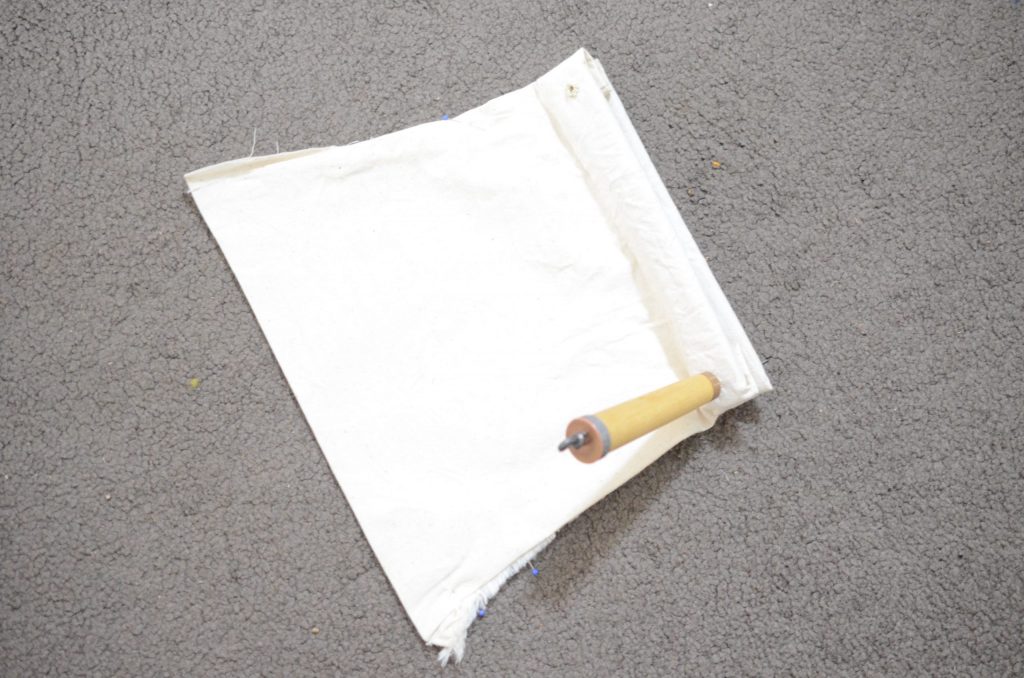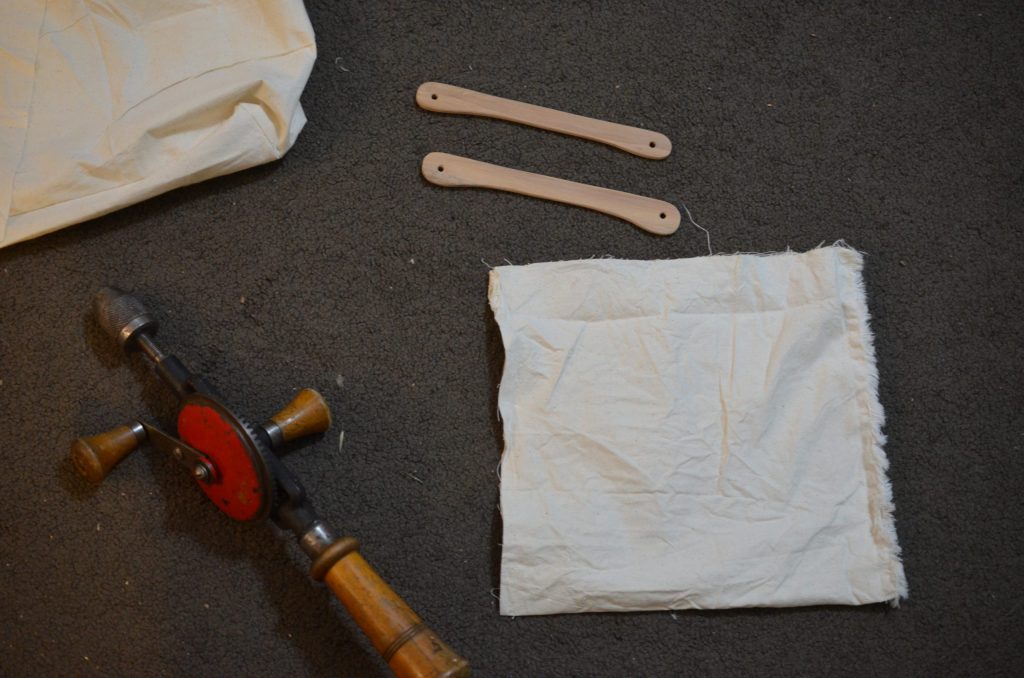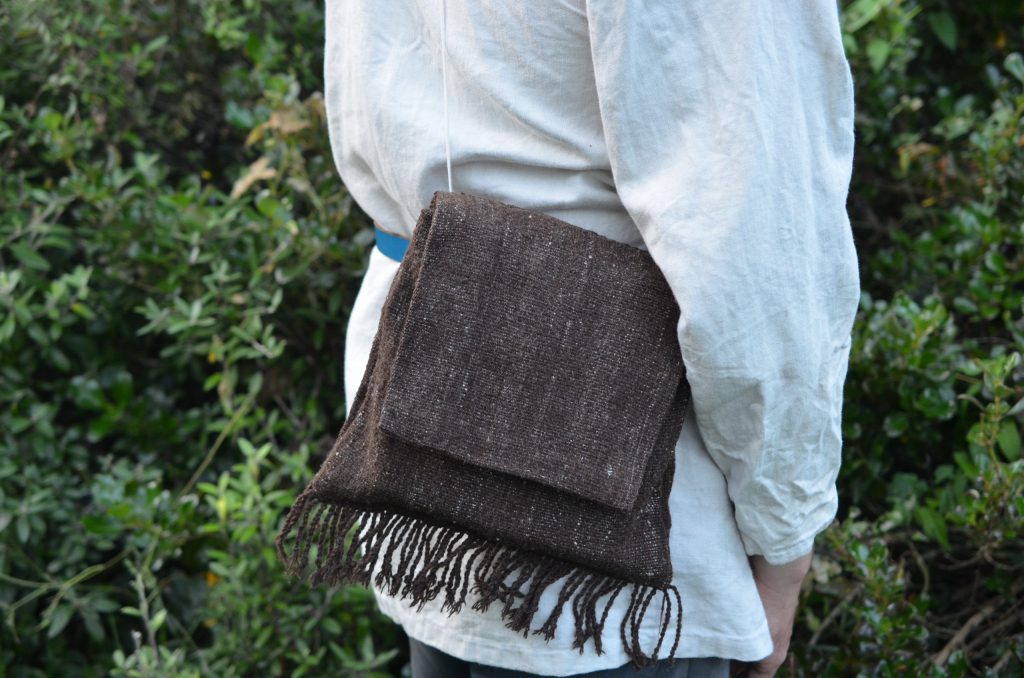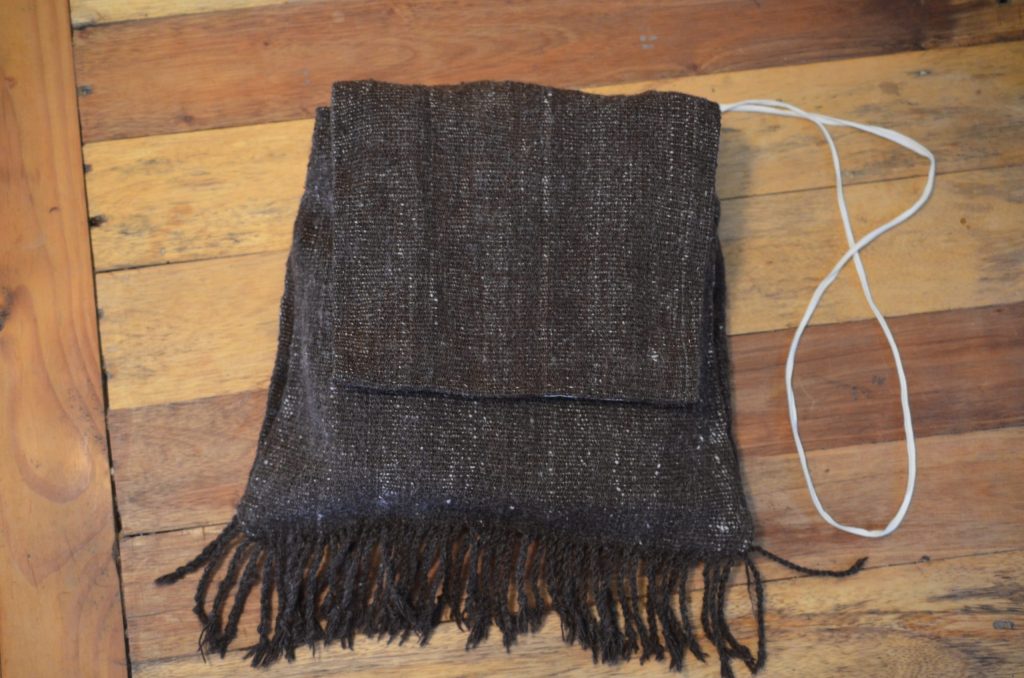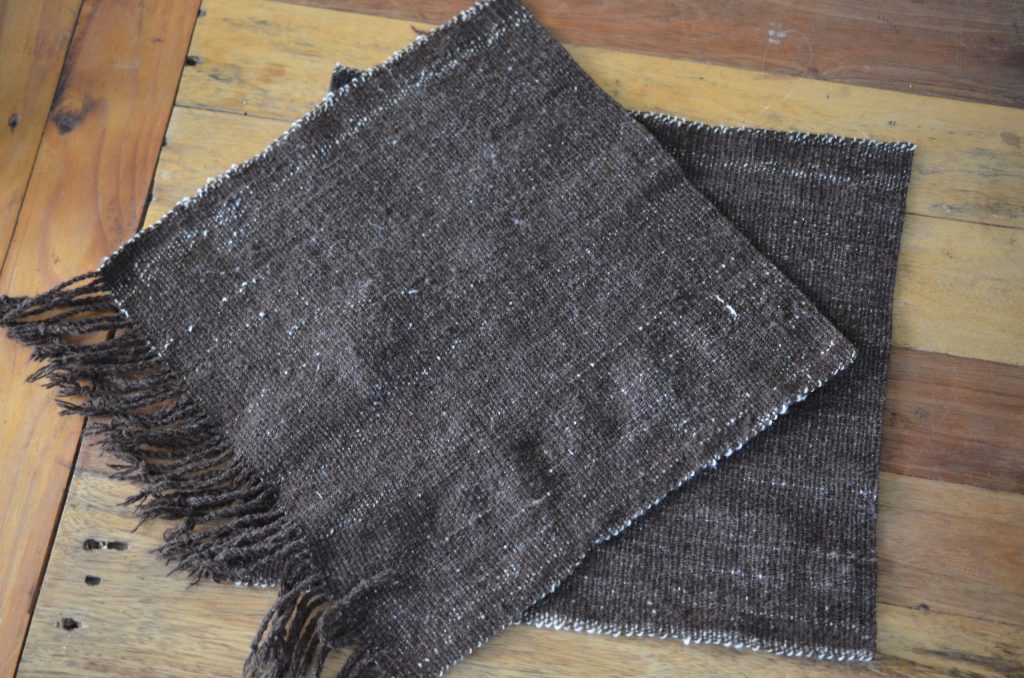Category
Betere byþ oft feðre þonne oferfeðre (Better to be often loaded than overloaded)
Entrant
Melissa Wijffels
Entry
Frame Purse made from handspun cloth
Having finished my handspun cloth, I needed to make something out of it! This is the first time I’ve ever
cut a weaving project, so I wanted to be sure I had the right pattern, especially as between spinning and
weaving, I spent north of 100 hours on the fabric.
I wanted to construct a frame purse out of the fabric, but given the relatively narrow width (~30cm), I was
uncertian of how to go about it, as a mockup at the full width had difficulty opening. I used Vlasatý
(2021) for an overview of bag designs based on viking-age evidence. Many of the extant bag handles are
nearly as wide or wider than my fabric (25-50cm), with some smaller handles found at Haitabu and
Viborg.
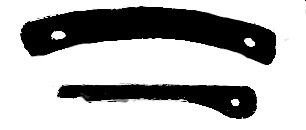
The smaller bag handles have only two holes, through which the purse-string would have run to close the
bag. How these were attached was a mystery to me for a time until I ran into a later period image of a
frame purse – the frame was entirely covered in fabric. This solved two problems at once; it allowed for
the fabric to be securely attached to the frame (by more than one or two loops!). Many of these later-
period bags (some of which are presented in Vlasatý (2021)) are trapezoid shaped, with a much wider
base than top where the frame is. After multiple mock-ups, I realised that the profile was probably
achieved by acordioning in the top of a rectangular piece of fabric.
Realising this, I took a closer look at later-period pilgrim bags, some of which have a very similar shape,
and could potentially also be frame purses (but with flaps to close).
I based my reconstruction on the Viborg handles and the following manuscript illustrations:
Konrad von Ammenhausen : Schachzabelbuch – Cod.poet.et phil.fol.2, fol. 248r, 1467.
Maciejowski Bible 1240s, 15V 4
I carved two frames out of a board I’d previously milled from sycamore, with the board ripping done by
hand by Nathanael d’Averanches. Sycamore is a dense hardwood with crossgrain, hopefully reducing the
chances of splitting while under load. Many wooden finds from the lowlands are made from elm, alder,
maple, and sycamore, so this felt a plausible choice.
The raw edges of the fabric were hand-stitched with the thrums – wool singles in lengths of <1m left over
as loom waste. The bag was lined, and eyelets sewn in (4 on each side of both the lining and outer layer),
so the bag handle could be strung through the bag handle and folded in flap of fabric. The whole bag was
assembled by hand-sewing with wool singles – depending on stitch direction, I found that the yarn had to
be re-spun as sewing was slowly un-spinning it.
A narrow band was used for the handle, stopped with beads on either side, as beads have been found in
close association with bags in several contexts, and may originally have been attached.
The final frame purse has the profile of pilgrims purses from the Maciejowski Bible, including an
aesthetic flap and fringe. It closes itself tightly when not being held open, and is big enough to carry
important mundane items.
Vlasatý, T. 2021. Reconstruction of the “Viking bag”. Project Forlǫg. URL:
https://sagy.vikingove.cz/en/reconstruction-of-the-viking-bag/
